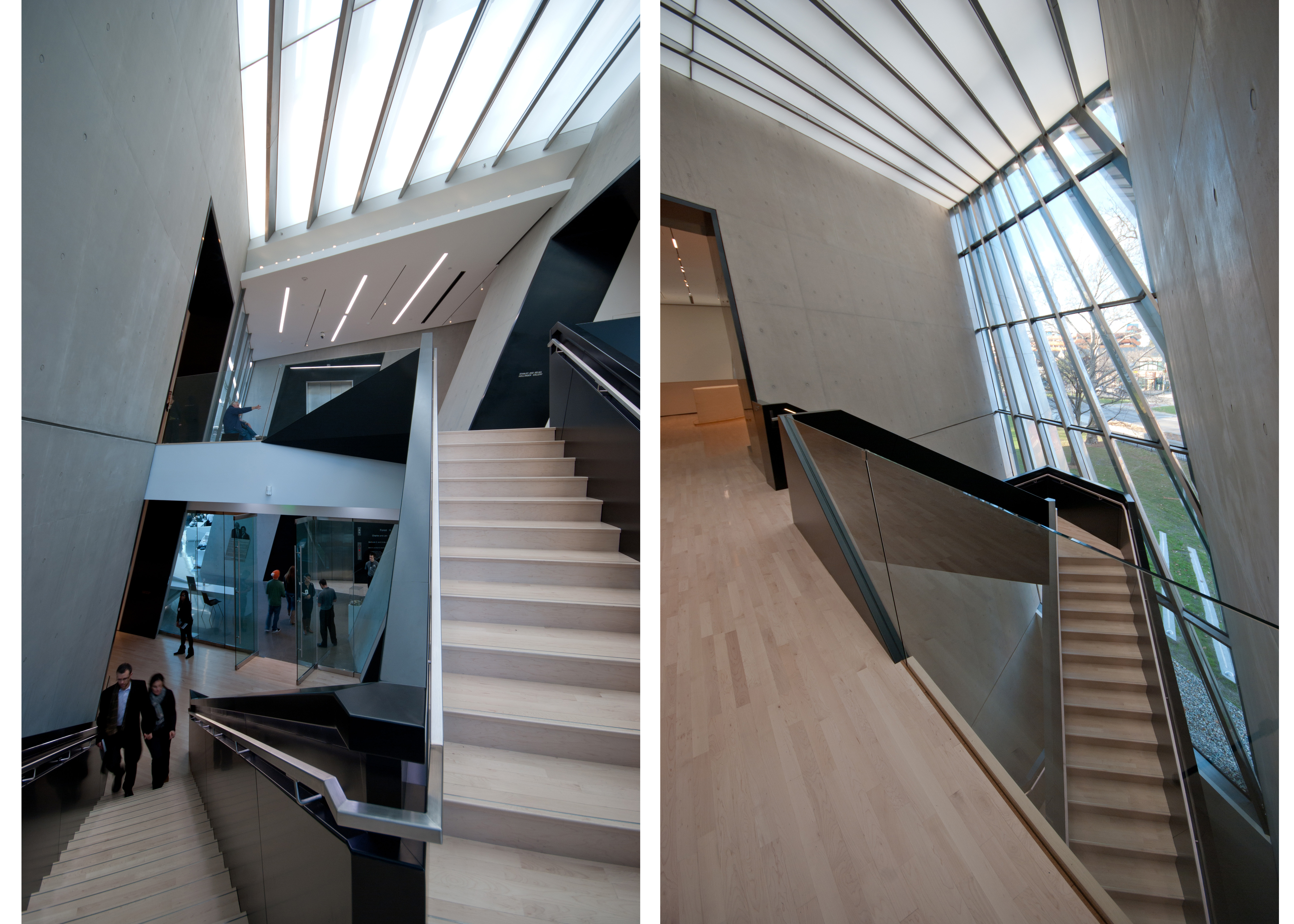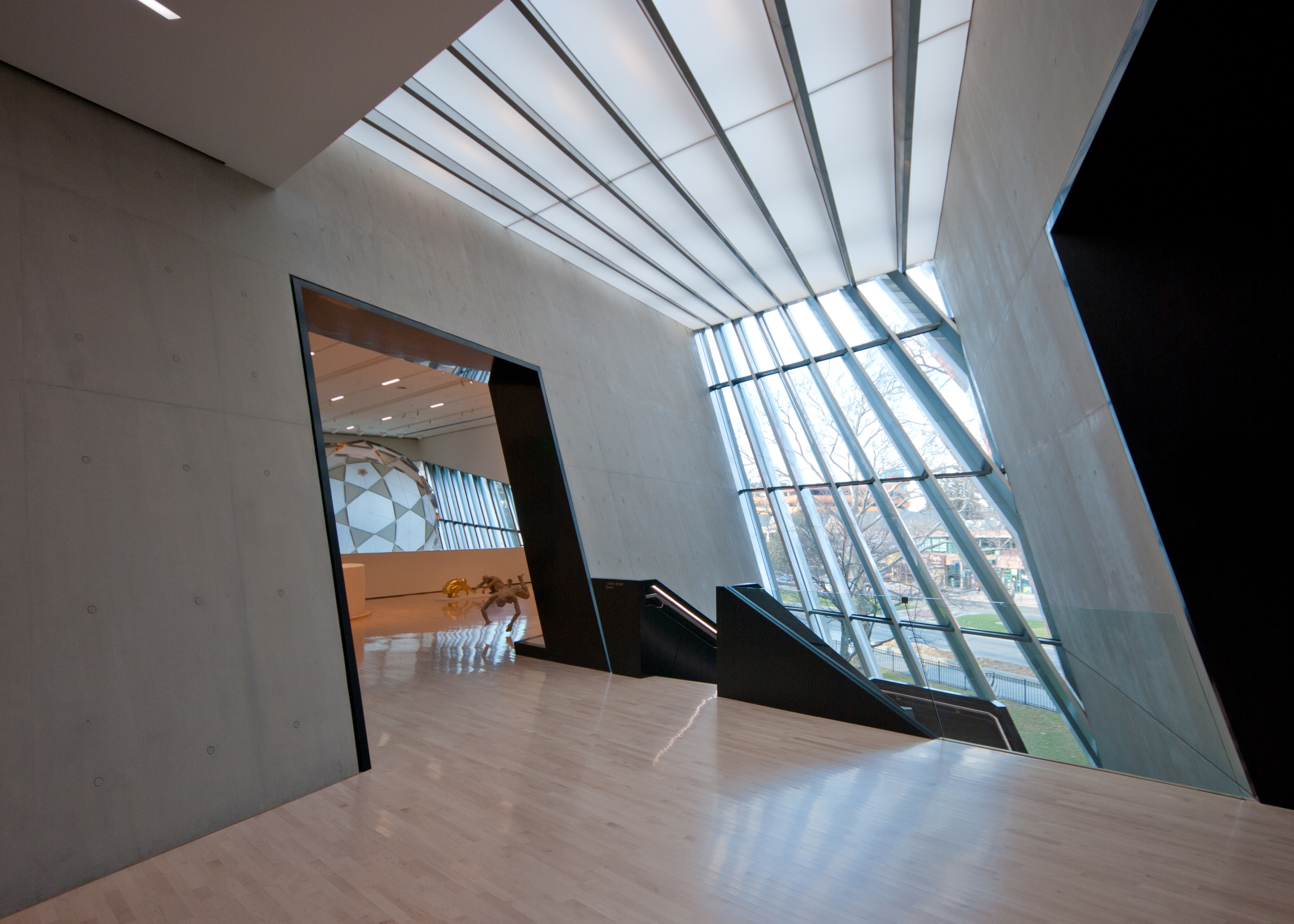
Self-Consolidating Concrete (SCC), or self-compacting concrete, is a high-performance concrete known for its unique characteristics of being highly flowable yet stable. SCC is known to flow around corners of formwork through densely reinforced structural elements and compacts on its own with little to no mechanical vibration necessary. Originating in the 1980s, this technology has caught on to be one of the leading high-performance concrete mixes for high-rise buildings, bridges, precast sections, and has now caught on to be one of the leading structural concrete application mixes.
SCC is a fluid concrete mix that appears to have a high water-to-cement ratio, yet is able to maintain high compressive strengths and durability. This is achieved by using high-range water reducers and increasing the amount of fine material (decreasing the coarse aggregate) without changing the water content compared to conventional concrete. The cost to achieve SCC may come at a higher price tag, but cost-savings as well as improvements can be achieved due to rapid placement and significantly reduced labor requirements, consolidation, finishing, and aesthetics.
The key component of this mix design is usually a polycarboxylate-based high-range water reducer (HRWR), such as Euclid Chemical’s Plastol Series of admixtures. Polycarboxylate-based admixtures provide time dependent workability and neutral effects on the concrete set time. SCC is known to minimize voids on highly reinforced areas thus allowing innovative architectural features to be made possible.
One of the most unique uses of SCC in an architectural application in the country is the Broad Art Museum. With architectural walls at angles of 70 degrees and others at 75 degrees, this building is truly a work of art. Euclid Chemical’s technical sales team took great strides in achieving the outcome of this project using PLASTOL 6400 as the key admixture. The museum now exhibits not only art, but a perfect example of how versatile SCC is and how it can be used to make an otherwise conventional museum into something extraordinary. To read more about this project, check out the project profile.



Photos provided by Integrated Design Solutions - Troy, MI (Kevin Marshall)